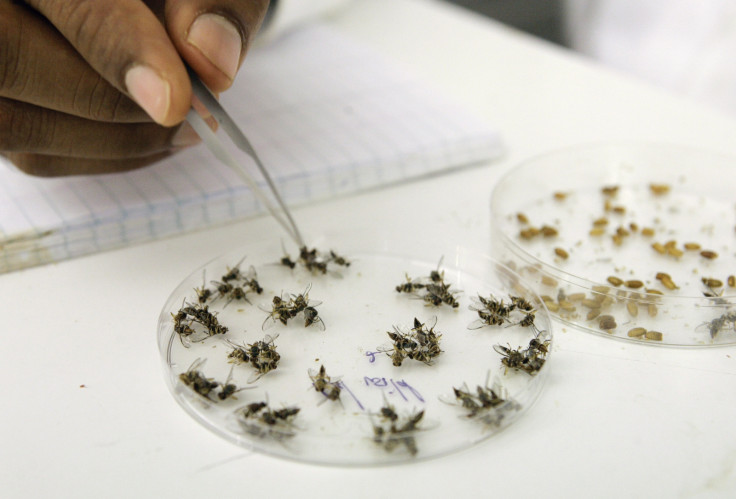Genetics: More Players Likely in the Game of Sex Determination

A new player has entered the genetic arena of sex determination. More may follow.
Scientists have maintained that all differences between males and females arise due to the genetic differences on the X and Y sex chromosomes we carry in our cells. Research has focussed on understanding how these genes determine sex.
But now, Cold Spring Harbour scientists have found a new player in the game. A section of very small genes that encode for small RNA molecules and known as microRNA (miRNAs) seems to determine sex in fruit flies.
The team identified two distinct populations of miRNAs in the male and female fruit flies. These regulate the proteins that act as sex determinants.
The miRNAs fine-tune activation of protein coding genes. By silencing or activating a gene they tinker with the development mechanism.
It was found that the miRNAs are also active in adults and are responsible for sending the signals for fertility. Removing one miRNA resulted in fruit flies which were male and female at the same time.
The study focused on one miRNA, let-7, as a sex regulator. The study was published in the journal Genetics.
"This is probably just the tip of the iceberg," says Delphine Fagegaltier, lead author of the study and CSHL professor. "There are likely many more miRNAs regulating sexual identity at the cellular and tissue level, but we still have a lot to learn about these differences in humans and how they could contribute to development defects and disease."
Chromosomes are long aggregates of genes made up of proteins and DNA. Every human cell contains 23 pairs of chromosomes, in which one pair is the sex chromosome. The sex chromosomes are the X chromosome and the Y chromosome.
The X chromosome contains over a 1000 genes while the Y chromosome has very few.
During the 300-million-year evolution from non-sex chromosomes, the X chromosome retained 98% of its genes, but the Y held on to a mere 3%. Research now suggests that the Y chromosome lost all but essential genes. Even those remaining genes may not have a role in sex determination but could be contributing to differences between the genders in development and susceptibility to diseases.
© Copyright IBTimes 2025. All rights reserved.





















